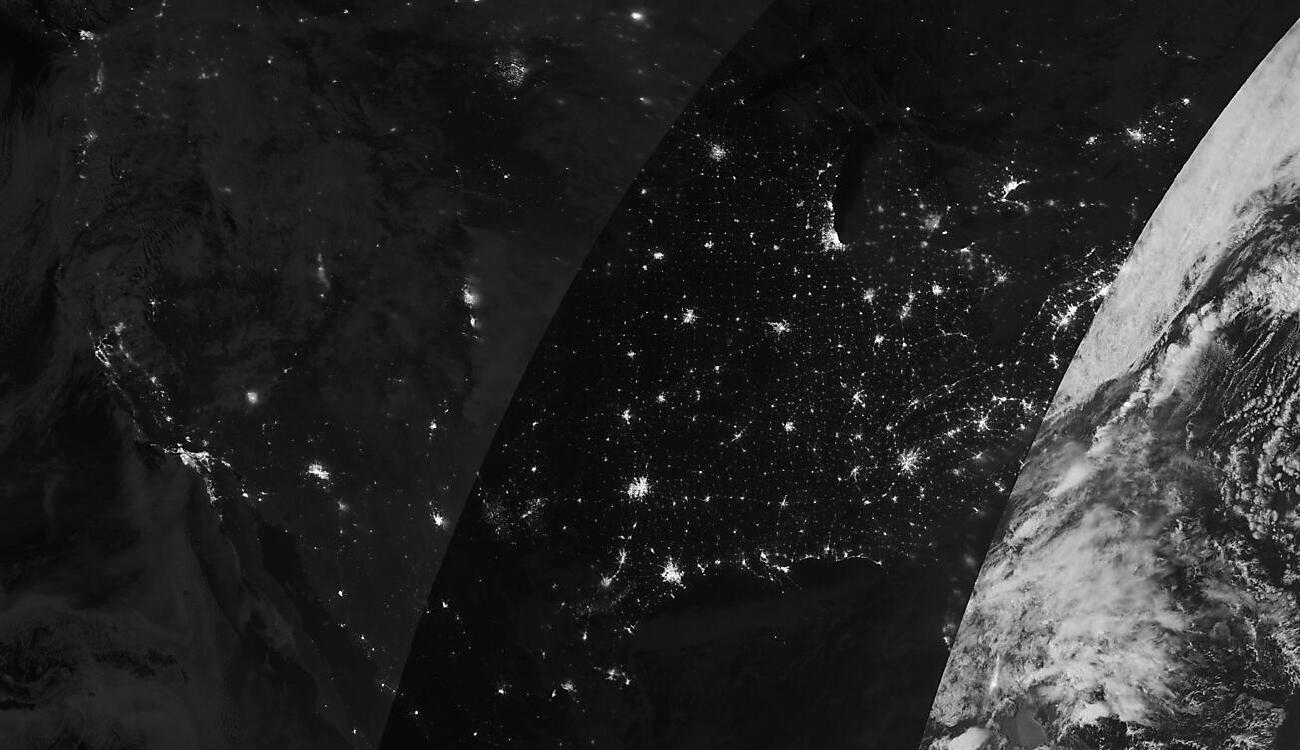
[ Archive ]

 |
CIMSS-NOAA Weekly Report [ Archive ] |
 |
CIMSS AND ASPB WEEKLY HIGHLIGHTS FOR THE WEEK ENDING NOVEMBER 19, 2021
PRODUCTS AND APPLICATIONS:
Enterprise Cloud Mask GOES-R Algorithm Review: University of Wisconsin-Madison Cooperative Institute for Meteorological Satellite Studies (CIMSS) and NOAA/NESDIS/STAR scientists performed a successful GOES-R Algorithm Review (GEAR) for the Enterprise Cloud Mask (ECM). The GEAR is a formal review process that is held for each Enterprise algorithm prior to operational implementation. It addresses the following key items: (1) science code and processing differences, (2) output parameter and data quality flag differences, and (3) cool period performance comparison to baseline algorithm and algorithm performance specifications. Multiple comparisons between the baseline and updated ECM were performed and showed no major issues. Both baseline and updated ECM were also compared against independent datasets, with the new ECM showing improved performance metrics compared to the baseline cloud mask algorithm. Downstream enterprise algorithms that rely on the ECM as input were also analyzed by other STAR science teams. No major adverse effects were reported. The new ECM is currently scheduled to be transitioned into operations in late November 2021. (M. Kulie, E/RA2, 608-263-6583, mark.kulie@noaa.gov)
AWARDS AND RECOGNITION:
PUBLICATIONS:
Manuscript on Sea Ice Leads Published: A manuscript entitled "Application of a Convolutional Neural Network for the Detection of Sea Ice Leads", has been published in Remote Sensing (2021, 13(22), 4571; https://doi.org/10.3390/rs13224571). Authors are Jay Hoffman (CIMSS), Steve Ackerman (CIMSS), Yinghui Liu (ASPB), Jeff Key (ASPB), and Iain McConnell (SSEC). More information on the project is available at https://www.ssec.wisc.edu/leads. (J. Hoffman, CIMSS 608-890-1690)
WORKSHOPS, CONFERENCES, AND MEETINGS:
TRAINING AND EDUCATION:
MEDIA AND OUTREACH:
SSEC and CIMSS Scientists in the News: Scientists at the University of Wisconsin-Madison (UW) Space Science and Engineering Center (SSEC) and the Cooperative Institute for Meteorological Satellite Studies (CIMSS) provide expert interviews, imagery and case studies to promote science. This week: 1. CIMSS Satellite Blog contributors Scott Lindstrom and Scott Bachmeier published these case studies: "Total Lunar Eclipse in the Day Night Band" (Nov. 19), "Aircraft turbulence northeast of Hawai’i" (Nov. 18), "Actinoform cloud in the East Pacific" (Nov. 16), "Floods in the Pacific Northwest" (Nov. 16), "Goodbye* to Metop-A" (Nov. 15), "Day Cloud Phase Distinction RGB and Lake Effect Snow" (Nov. 15), "Severe thunderstorms across the Northeast US" (Nov. 13), "Mesoscale Convective Vortex in Brazil" (Nov. 12), "Antecedent lake-effect snow conditions over the Great Lakes" (Nov. 12), and "Wind and waves over Lake Superior" (Nov. 12). Read more at the CIMSS Satellite Blog: https://cimss.ssec.wisc.edu/satellite-blog/. (J. Phillips, SSEC, 608-262-8164, S. Lindstrom, CIMSS, S. Bachmeier, CIMSS)
 (Click image to enlarge)
(Click image to enlarge)
Figure: NOAA-20 image from early morning on Nov. 19, 2021 shows the impact of the total lunar eclipse on Day/Night Band imagery. Read more at the CIMSS Satellite Blog: https://cimss.ssec.wisc.edu/satellite-blog/archives/43394. Credit: VIIRS Today website, CIMSS.
 (Click image to enlarge)
(Click image to enlarge)
Figure: GOES-17 captured a cyclonically-rotating actinoform cloud feature moving west-southwestward across the East Pacific Ocean between Hawaii and California on Nov. 16, 2021. Read more at the CIMSS Satellite Blog: https://cimss.ssec.wisc.edu/satellite-blog/archives/43346. Credit: Geo2Grid, CIMSS.
OTHER:
| Archived Weeklies Page | Submit a report item |